Bioinstrumentation & medical devices
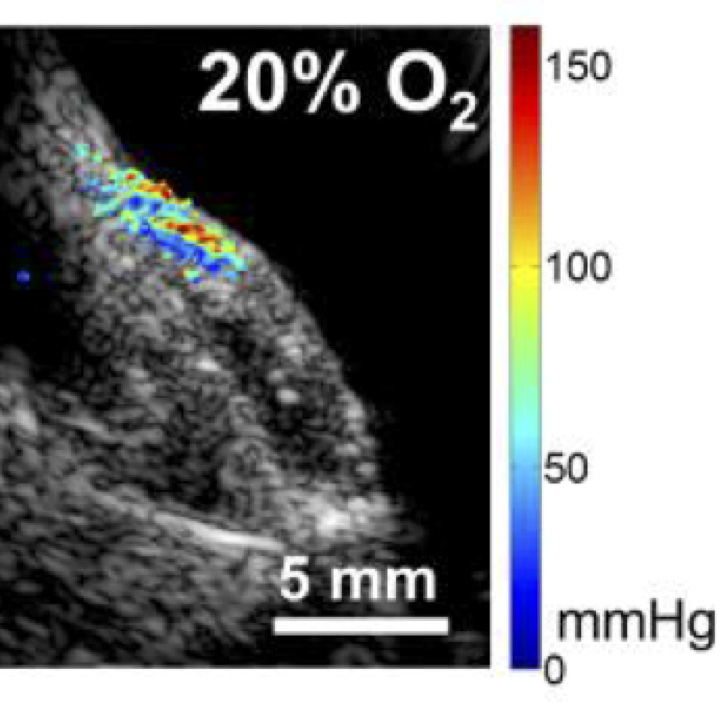
Non-invasive imaging for cancer therapy
The Ashkenazi Lab develops high-resolution imaging devices and techniques that combine laser, fiber optics, and ultrasound technologies. The team developed a unique method for non-invasive imaging of tissue oxygen, and are studying its effect on cancer therapy outcomes.
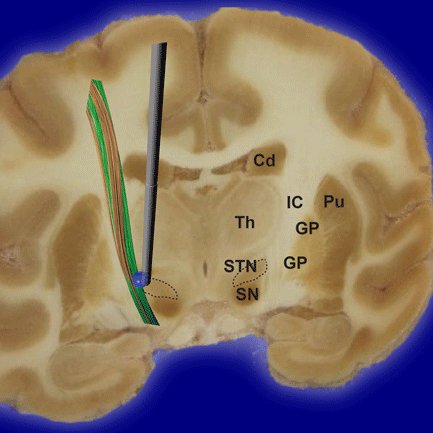
How brains respond to stimulation therapies
Matthew Johnson’s research lab aims to understand how the nervous system responds and adapts to stimulation-based therapies, such as deep brain stimulation. Their studies are improving these therapies to help people with Parkinson's disease and Essential Tremor reclaim control over their motor function.
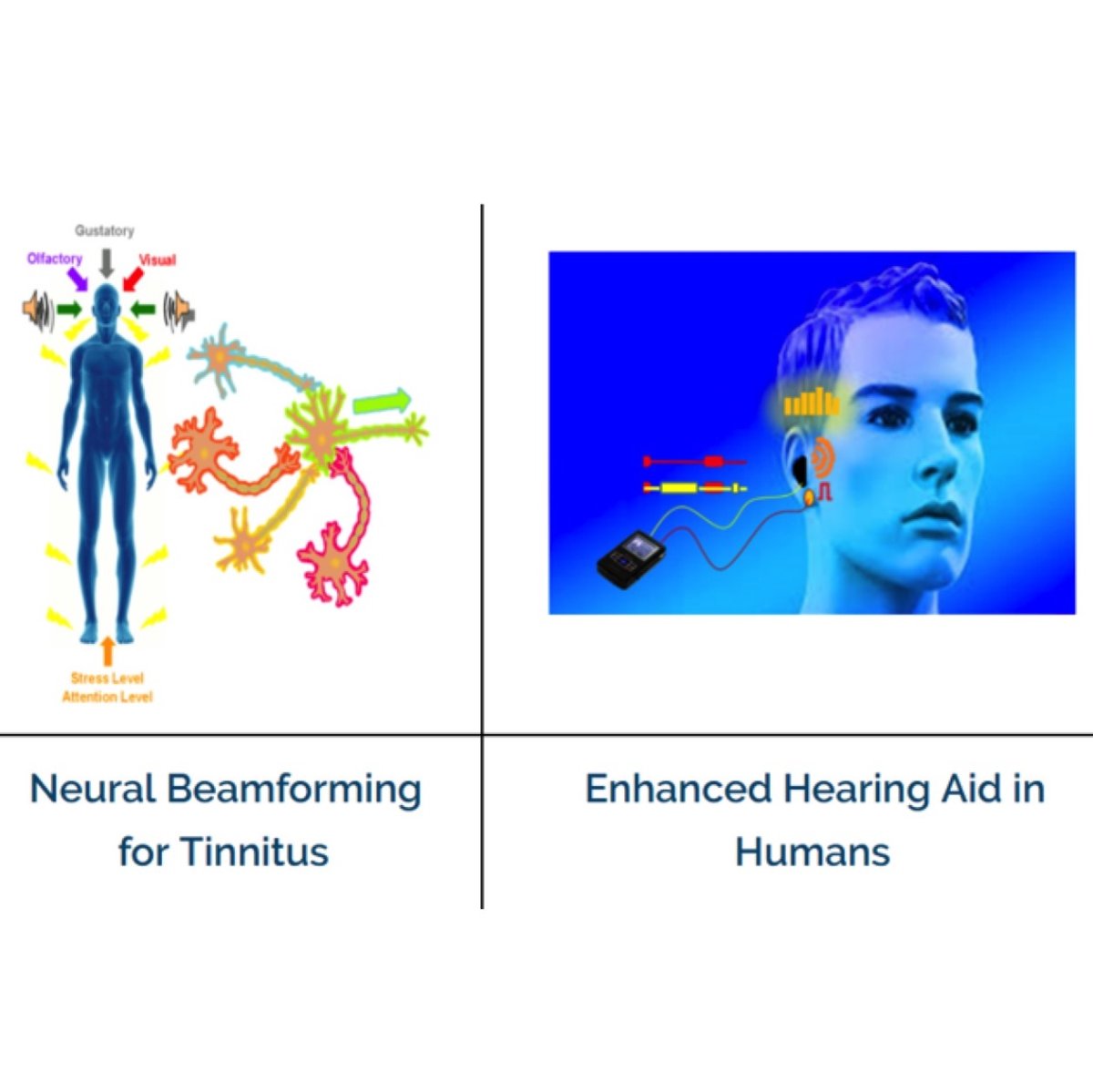
Technologies to treat hearing issues and pain
Hubert Lim’s lab develops neural interfaces and medical technologies, working with clinicians and companies to bring ideas to trials so they can potentially become real-world solutions. The team uses approaches like electrical stimulation and neural recordings, with a focus on hearing loss, tinnitus, and pain.
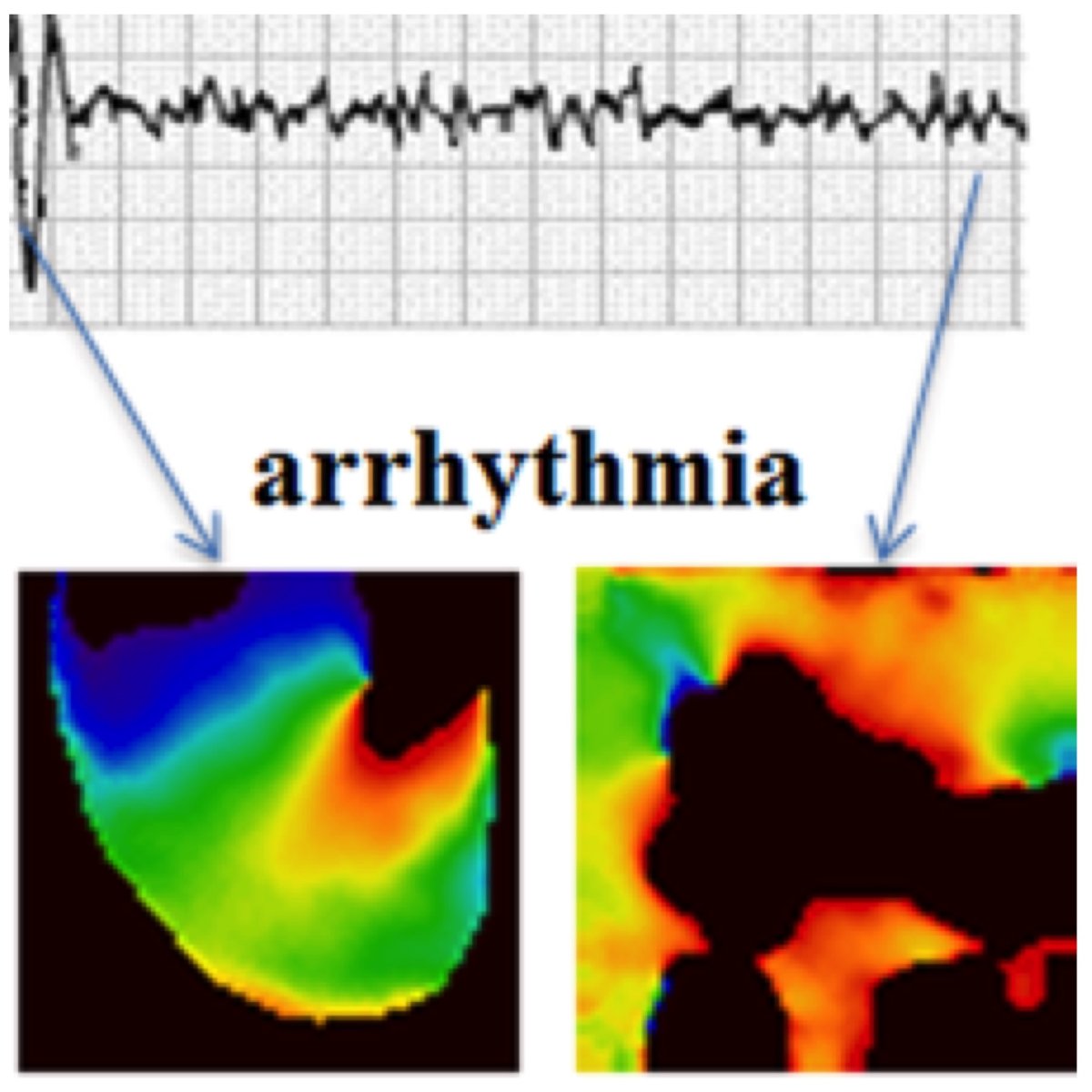
Prediction and prevention of cardiac arrhythmias
Alena Talkachova’s group visualizes electrical activity in the heart and small patches of cardiac tissue. They use nonlinear dynamics approaches to predict transition from normal to abnormal cardiac rhythms, and to prevent arrhythmias in the heart. They also develop novel tools to guide mapping-specific ablation in patients with atrial fibrillation.
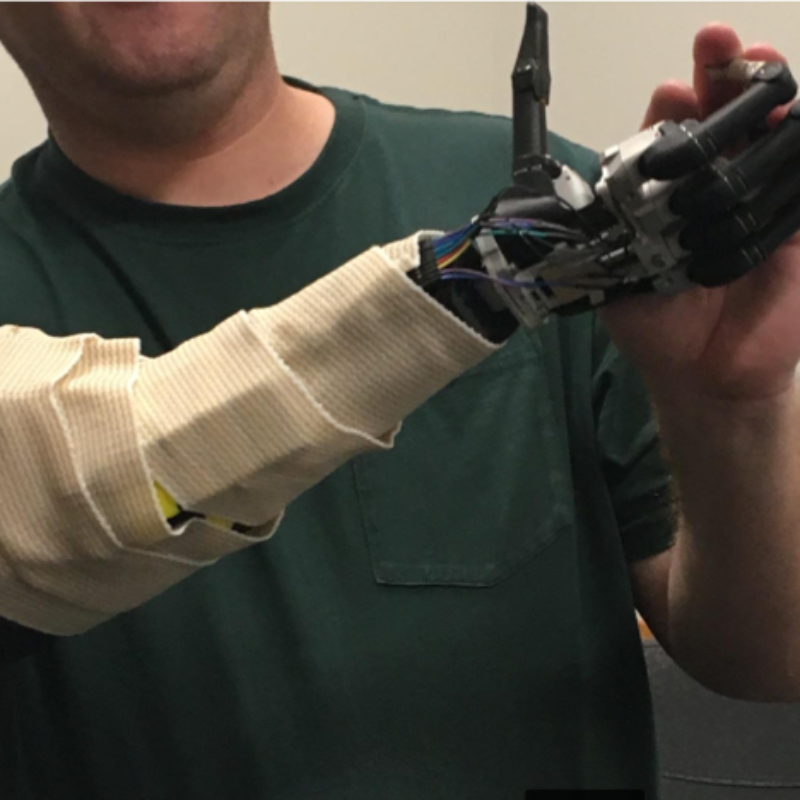
Implantable brain chips
Zhi Yang’s lab studies the emerging area of implantable brain devices that can understand thoughts, such as to help amputees control robotic limbs or enable new electroceuticals. They’re developing neural recording, processing, and stimulation chips, and have devices in clinical trials.